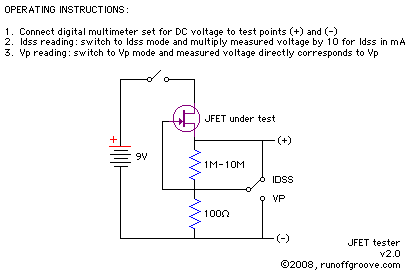owlexifry
Well-known member
i used that exact JFET matcher to select the JFETs for my phase 90 build (the smaller board).Is this the correct circuit?
it works as intended.
the layout is fine.
interesting complaint...That's for someone else to figure out. I have lost interest in Tagboardeffects. Too many Vero layouts with errors.
i haven't actually found one yet with any errors.
- klon, about x10 other overdrives, cab sim, equinox II reverb, CE-2, phase 90, and just recently a mutron phasor ii.
zero issues with any layout.
Last edited:






